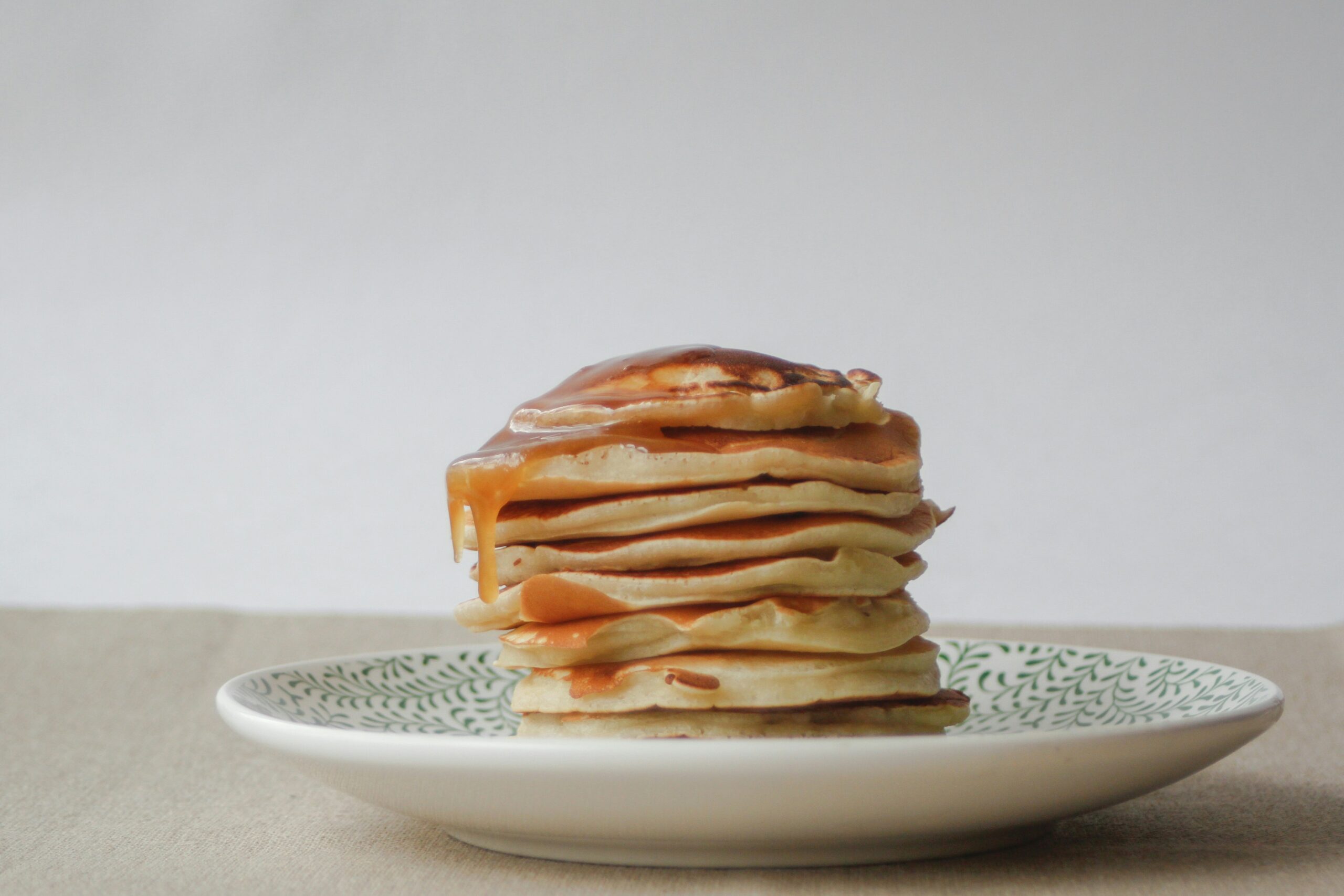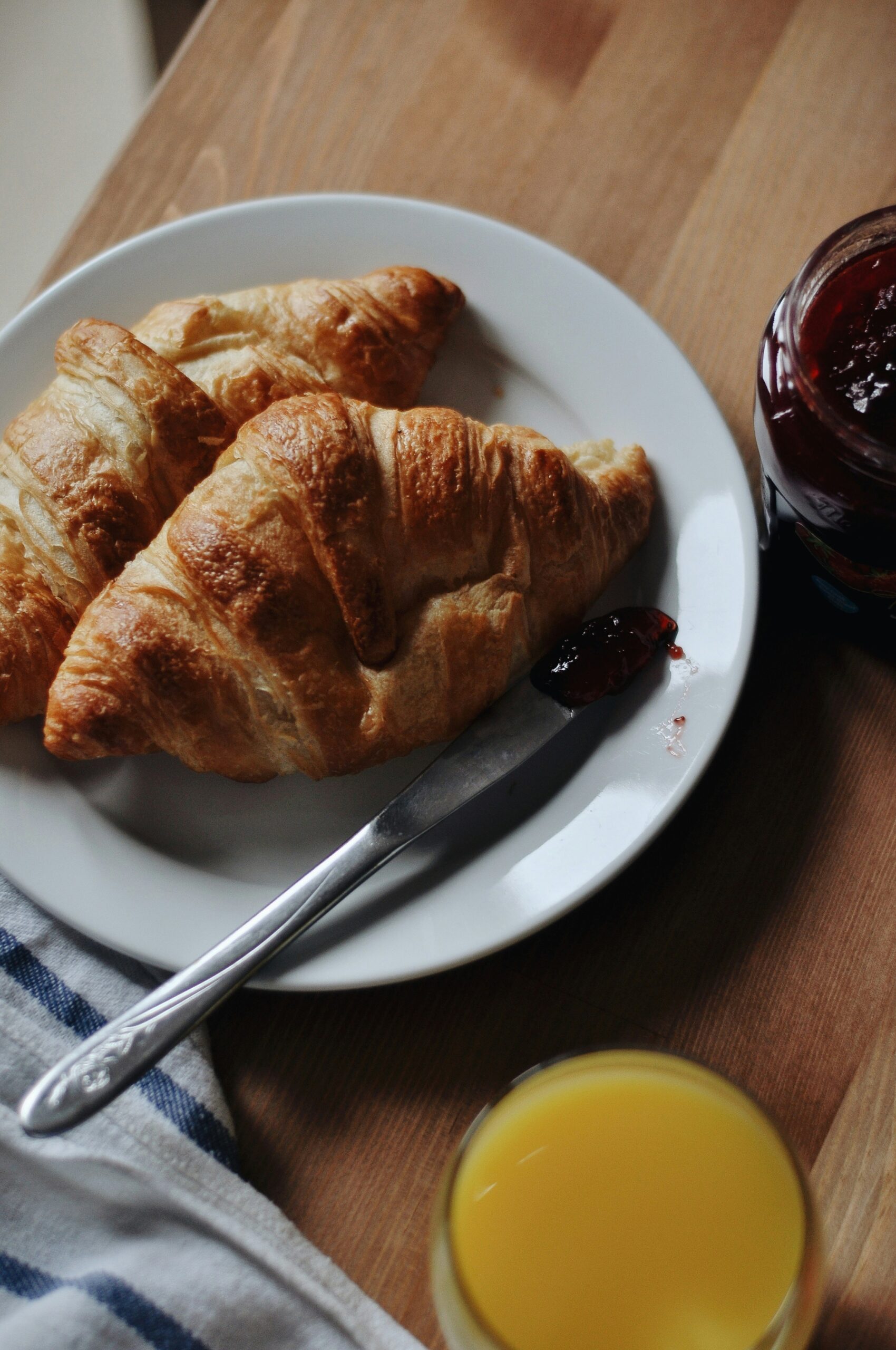Bagel and Lox Recipes: The Classic Jewish Breakfast
Hey there, food lovers! Ever woke up craving something delish and oh-so-satisfying? Well, let me tell ya, nothing beats the classic bagel and lox breakfast. It’s like a little slice of heaven right on your plate. Picture this: a warm, chewy bagel topped with silky, savory lox, a generous schmear of cream cheese, a sprinkle of capers, and a few slices of red onion and tomato. Mouth-watering already? Yeah, me too. Let’s dive into the world of bagel and lox and discover how to make this delightful dish right at home.
A Little Backstory
Before we get into the nitty-gritty of recipes, let’s chat a bit about where this yummy combo comes from. Bagels have been around for centuries, and they’re believed to have originated in Poland. Jewish immigrants brought these delicious doughy circles to the U.S. in the late 19th century. Lox, on the other hand, has its roots in the Scandinavian tradition of curing and smoking fish. When these two culinary wonders met in New York City, magic happened, and the bagel and lox breakfast was born.
The Perfect Bagel
First things first, you gotta start with a great bagel. Not just any bagel will do, my friend. Here’s how to pick or make the perfect one:
- Texture: A good bagel should be dense and chewy on the inside with a slightly crispy crust. None of that fluffy bread nonsense.
- Flavor: Classic plain, sesame, or poppy seed are the way to go. Onion or everything bagels are also fantastic if you like a bit more flavor.
If you’re feeling ambitious, you can make your own bagels at home. It’s easier than you might think! Check out this video on YouTube that walks you through the process:
The Luscious Lox
Now, let’s talk about the star of the show: lox. Lox is salmon that’s been cured and sometimes smoked. It’s silky, salty, and oh-so-good. There are different types of lox:
- Nova: This is smoked salmon, and it’s less salty than traditional lox. Great for those who prefer a milder flavor.
- Belly Lox: Traditional and very salty. This is the OG lox that hardcore fans adore.
Wanna know a secret? You can make your own lox at home too! Imagine telling your friends you cured your own lox instant bragging rights. Here’s a simple recipe to get you started:
Homemade Lox Recipe
Ingredients:
- 1 pound fresh salmon fillet (skin on)
- 1 cup kosher salt
- 1 cup sugar
- Fresh dill (optional)
Instructions:
- Mix the salt and sugar in a bowl.
- Place half the mixture in a shallow dish.
- Lay the salmon fillet on top, skin-side down.
- Cover with the remaining salt-sugar mix and some fresh dill, if using.
- Wrap the dish tightly with plastic wrap.
- Place something heavy on top (like a can or a brick) to weigh it down.
- Refrigerate for 24-48 hours, turning the salmon halfway through.
- Rinse the salmon thoroughly, pat dry, and slice thinly.
And voila, you’ve got homemade lox! Ain’t that cool?
Assembling the Ultimate Bagel and Lox
Alright, you’ve got your bagels and your lox. Now let’s bring it all together:
- Step 1: Slice your bagel in half and toast it to your liking. (I like mine golden brown and crunchy.)
- Step 2: Schmear a generous amount of cream cheese on each half. Don’t be shy with it!
- Step 3: Layer on your lox. Go ahead, pile it high. You deserve it.
- Step 4: Add thin slices of red onion, tomato, and cucumber. Sprinkle with capers and a bit of fresh dill if you’re feeling fancy.
- Step 5: Top it off with a squeeze of lemon juice and a dash of black pepper.
Now, take a bite. Close your eyes. Enjoy the perfect harmony of flavors. Isn’t it just the best?
Variations to Try
If you wanna mix things up, here are some fun variations on the classic bagel and lox:
- Bagel with Lox and Avocado: Add some creamy avocado slices for an extra layer of deliciousness.
- Spicy Bagel and Lox: Spread a bit of sriracha or sprinkle some chili flakes on the cream cheese for a spicy kick.
- Bagel and Lox Sandwich: Add some greens like arugula or spinach and top with another bagel half for a hearty sandwich.
Pairing Your Breakfast
No breakfast is complete without a great drink to wash it down. Here are some tasty options:
- Classic Coffee: A strong cup of joe is perfect to balance out the richness of the lox and cream cheese.
- Fresh Orange Juice: The citrusy freshness complements the flavors beautifully.
- Mimosa: Feeling fancy? A mimosa adds a bubbly touch to your morning.
A Final Bite of History
Did you know? The combination of bagel and lox became a staple in Jewish delis in New York City back in the 1950s. It was an instant hit and quickly became a beloved breakfast across America. Today, it’s not just a meal; it’s a cherished tradition, a taste of history, and a comforting start to the day.
Wrapping It Up
So there you have it, folks! The ultimate guide to creating the perfect bagel and lox breakfast. Whether you’re making everything from scratch or grabbing your favorites from the store, this classic combo is sure to brighten your morning. Give it a try, experiment with different toppings, and make it your own. And hey, if you come up with a killer variation, drop a comment below and share your creation. Happy eating!
Remember, life is too short for boring breakfasts. So go ahead, treat yourself to a bagel and lox, and start your day off right. Cheers!









